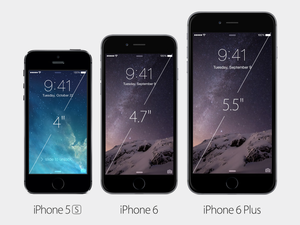Users around the world are getting faster mobile broadband as LTE-Advanced and smartphones that can take advantage of the technology finally start to take off.
A year ago, LTE-Advanced was only available in South Korea, but it's now available in 31 countries (including Australia, France, Germany, U.K. and the U.S.) and more are on the way, according to industry organization GSA (Global mobile Suppliers Association).
"There is a lot of activity at the moment," said Alan Hadden, president at GSA.
LTE-Advanced is a collection of different technologies, but the one mobile operators are implementing first is called carrier aggregation. It lets operators treat up to three radio channels in different frequency bands as if they were one and send data to users at higher speeds.
Bandwidths at up to 300Mbps are possible, though not all LTE-Advanced networks and devices can muster that. For example, Apple's new iPhones use a version of carrier aggregation that tops out at 150Mbps, and not all operators have the spectrum to offer that.
However, regardless of which version of LTE-Advanced a network or device supports, the technology offers users higher speeds than ever before.
Chances are greater that you'll get access to LTE-Advanced if you live in a big city. For example, U.S. operator AT&T has so far upgraded its network in Los Angeles, San Francisco, San Diego, Miami, Honolulu, Chicago, Oklahoma City, Dallas and Houston.
The technology has been held back due to a lack of supporting devices, but that will change this year thanks to a greater variety of modems from Qualcomm and Intel. Unlike last year, lower-price smartphones will also be getting the technology. Qualcomm's Snapdragon 210 processor will help make that happen.
So far, 107 operators in 54 countries have said they are investing in LTE-Advanced. That's about 30 percent of the operators that have launched LTE services.















